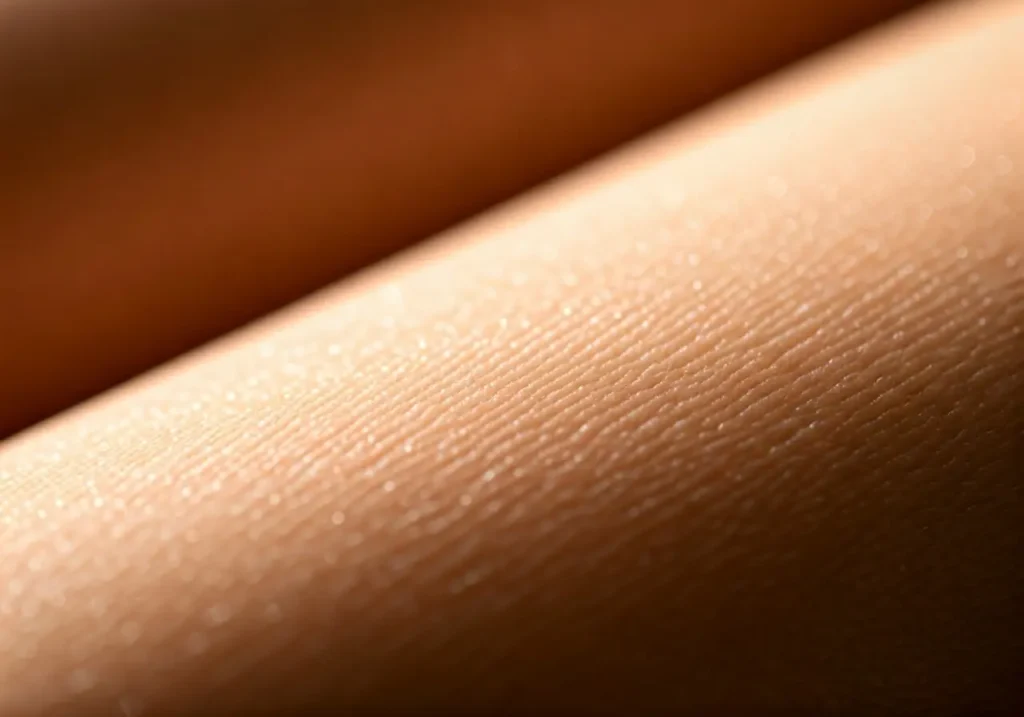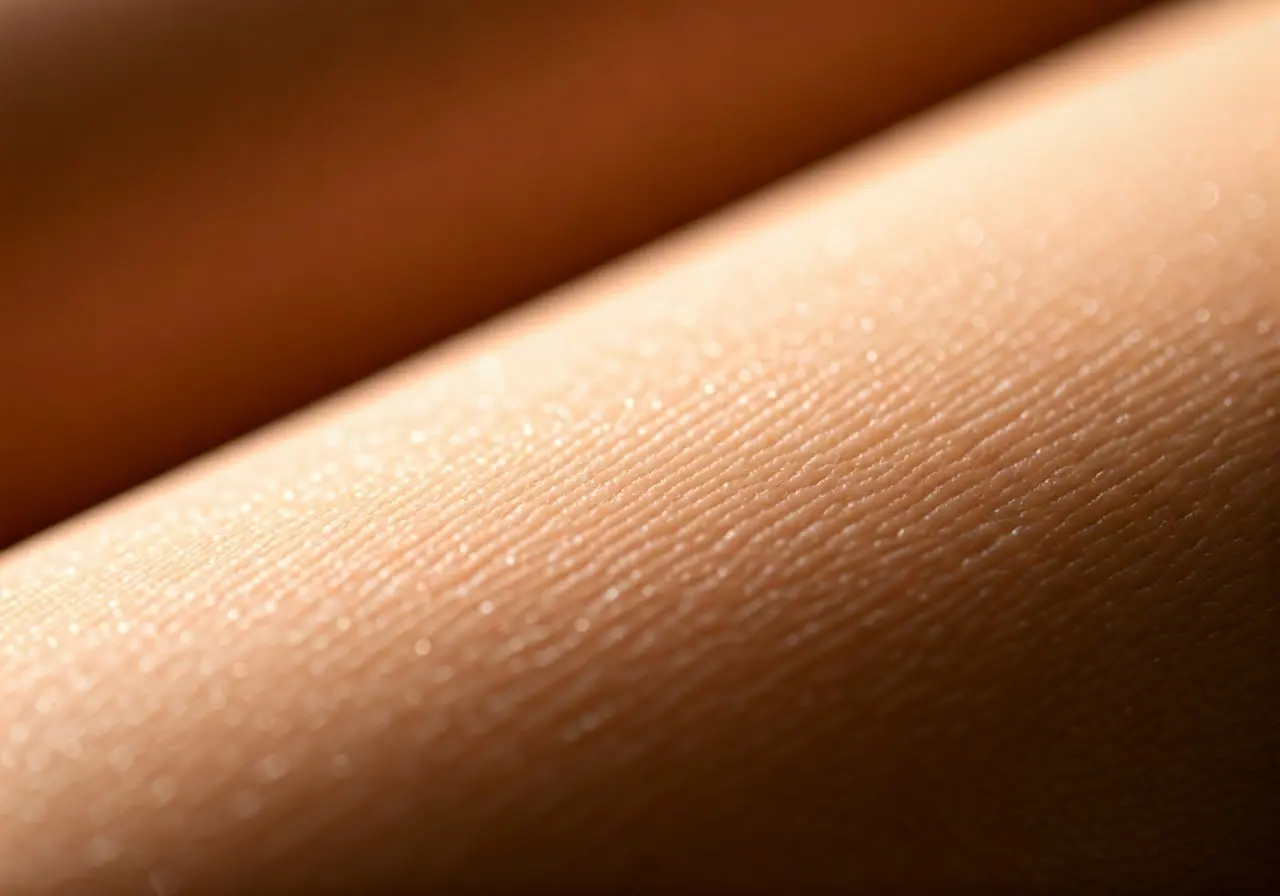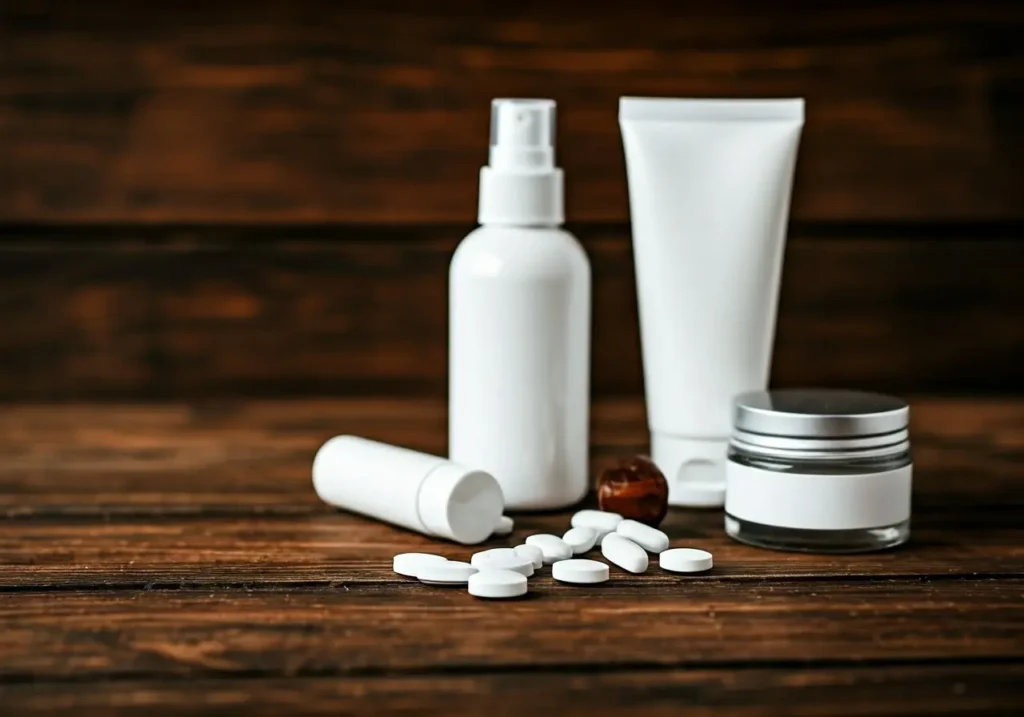In today’s world, the quest for youthful skin has led many to explore various cosmetic treatments. Among these, dermal fillers have gained significant popularity for their ability to rejuvenate the skin. But, how safe and effective are they? This blog will delve into what dermal fillers are, how they work, and what you should know about their safety and effectiveness.
What are Dermal Fillers?
Dermal fillers are gel-like substances that are injected beneath the skin to restore lost volume, smooth lines, and enhance facial contours. They are commonly made from hyaluronic acid, a substance naturally found in the skin, which helps to keep it hydrated and plump. By mimicking the body’s own naturally occurring substances, these fillers work to improve the skin’s appearance in a minimally invasive manner.
There are several types of dermal fillers available, each tailored to address specific concerns. Some fillers are better suited for fine lines, while others provide more significant volume for areas like the cheeks and lips. The flexibility of choice allows for a customized approach, ensuring that each individual achieves their desired look. For instance, hyaluronic acid fillers such as those made from poly-L-lactic acid and calcium hydroxylapatite offer varying durations of effect, from several months to even years.
Understanding the different types of dermal fillers and their specific applications can help you make an informed decision. Hyaluronic acid fillers are among the most popular due to their natural compatibility and reversible nature. Other fillers, like poly-L-lactic acid, stimulate collagen production, resulting in longer-lasting enhancements. This wide range of options underscores the importance of consulting with a knowledgeable provider to determine the best fit for your unique needs.
How Do Dermal Fillers Work?
When injected, dermal fillers smooth wrinkles and fine lines by adding volume to the affected areas. They can also be used to enhance lips, cheeks, and other facial features. The procedure is typically quick, often completed in under an hour, with minimal downtime. Most patients can return to their daily activities immediately after treatment.
The way dermal fillers work is quite fascinating. They essentially act as ‘volumizers’ under the skin, filling in wrinkles and hollow areas to create a smoother, more youthful appearance. Hyaluronic acid fillers, for example, attract and retain water in the skin, leading to a hydrated and plump look. Meanwhile, other fillers like poly-L-lactic acid encourage the body to produce more of its own collagen, gradually improving skin texture and elasticity.
During the procedure, a fine needle or cannula is used to strategically inject the filler into the targeted areas. The provider will usually massage the area to ensure the filler is evenly distributed and to sculpt the desired shape. It’s important to remember that while the results can be immediate, some fillers take time to show their full effect as they stimulate collagen production or settle into the skin.
The Safety of Dermal Fillers
Safety is a primary concern for anyone considering dermal fillers. While they are generally considered safe, it’s important to have the procedure done by a licensed and experienced professional. Common side effects include redness, swelling, and bruising at the injection site, though these usually subside within a few days. Serious complications are rare, but it’s crucial to be aware of them and discuss any concerns with your provider in advance.
A key factor in the safety of dermal fillers is the product’s composition. Fillers like hyaluronic acid are biocompatible, meaning they are less likely to cause an adverse reaction. Other materials, such as calcium hydroxylapatite and poly-L-lactic acid, have long been used in medical applications, further attesting to their safety. Nonetheless, ensuring the treatment is performed in a sterile environment by a qualified professional cannot be overstressed.
The credentialing and expertise of your provider play a significant role in minimizing risks. A skilled injector understands facial anatomy and can avoid or address potential complications. Misplacement of filler, for example, can lead to issues like nodules or uneven results. Therefore, always choose a board-certified dermatologist or plastic surgeon with extensive experience in dermal fillers.
Effectiveness of Dermal Fillers
The effectiveness of dermal fillers can vary depending on the type of filler used and the area treated. Most people see immediate results, with full effects visible within a few days. Depending on the filler, results can last from six months to two years. Regular touch-ups can help maintain the desired appearance. It’s important to note that effectiveness also depends on the skill of the practitioner and the specific needs of the patient.
Hyaluronic acid fillers often provide immediate improvements in the skin’s plumpness and hydration. On the other hand, fillers like poly-L-lactic acid work gradually by stimulating collagen production, which means patients can expect to see progressive enhancement over several months. The longevity of results is another appealing factor; some treatments can offer effects lasting up to two years or more, especially when combined with other skin care regimens.
Patient satisfaction with dermal fillers is generally high, with many appreciating the subtle and natural enhancements these treatments provide. According to Dr. Debra Jaliman, properly administered dermal fillers should not alter the fundamental appearance of your face but rather enhance its natural contours. This underscores the importance of selecting the right practitioner to achieve the best outcomes.
Choosing the Right Provider
Choosing a qualified and experienced provider is crucial. Look for professionals who are certified and have extensive experience with dermal fillers. Consultations can help you understand what to expect and whether dermal fillers are the right choice for you. A thorough consultation will also include a discussion of your aesthetic goals and any medical conditions that might affect the treatment.
Your first step should be to verify the provider’s qualifications. Board certification in dermatology or plastic surgery is a good indicator of a practitioner’s expertise. Additionally, look for someone who frequently performs filler injections and stays updated with the latest techniques and products. Word-of-mouth recommendations and online reviews can also offer insights into the provider’s reputation and patient satisfaction.
During your consultation, ask questions about the specific products they use, their approach to achieving natural-looking results, and their procedures for handling any complications. A reputable provider will be transparent about potential risks and realistic outcomes. Remember, the goal is not just to enhance your appearance but to do so in a way that aligns with your unique features and aesthetic preferences.
Potential Risks and Complications
While dermal fillers are generally safe, there are potential risks and complications, such as allergic reactions, infection, and lumps forming under the skin. It’s important to discuss these risks with your provider and follow their pre- and post-procedure instructions to minimize any adverse effects. Most side effects are temporary, but knowing how to address them if they occur can ease your mind.
Certain risks are associated with specific types of fillers. For instance, the use of poly-L-lactic acid may result in the formation of small nodules if the filler is not massaged properly after injection. Infection at the injection site, though rare, is another potential complication that underscores the need for proper sterilization and technique. Allergic reactions, though uncommon with hyaluronic acid fillers, are possible and should be considered.
Having a skilled and experienced provider can significantly reduce the likelihood of complications. They should be prepared to manage any adverse reactions promptly. Moreover, patients are advised to avoid ‘do-it-yourself’ filler kits available online, as these can lead to severe health issues. The Harvard Health article stresses the importance of seeking treatments from qualified medical professionals to ensure safety and efficacy.
Aftercare Tips
Proper aftercare can help ensure the best possible results from your dermal fillers. Avoid strenuous activities, excessive sun exposure, and touching the treated area immediately after the procedure. Follow your provider’s care instructions to reduce the risk of complications and extend the life of your dermal fillers. Keeping your skin hydrated and protected from the sun is crucial for maintaining the filler’s effects.
Post-procedure, it’s normal to experience some redness, swelling, or bruising at the injection sites. These symptoms typically resolve within a few days. Applying a cold compress can help reduce swelling. It’s also advisable to avoid alcohol and medications that can thin the blood, such as aspirin, for at least 24 hours after the treatment, as these can exacerbate bruising.
Staying hydrated and maintaining a healthy skincare routine will enhance the longevity of your results. Regular follow-up appointments with your provider can help monitor your progress and determine when additional treatments might be needed. By adhering to these aftercare tips, you can enjoy the rejuvenating benefits of your dermal fillers for a longer period.
Final Thoughts on Dermal Fillers
Dermal fillers can be an effective solution for those looking to rejuvenate their skin, with results that can be both immediate and long-lasting. However, it’s essential to choose a qualified provider and understand the risks and benefits. When done correctly, dermal fillers can offer a natural and youthful appearance, making them a popular choice in the realm of cosmetic treatments.
Ready to explore how dermal fillers can enhance your beauty? Book a complimentary consultation with Dr. Laura Cho online at Bellatudo Skin and Wellness Center. Don’t forget to check out the incredible before and after results of our happy patients on our Instagram page @bellatudoskinwellness!





